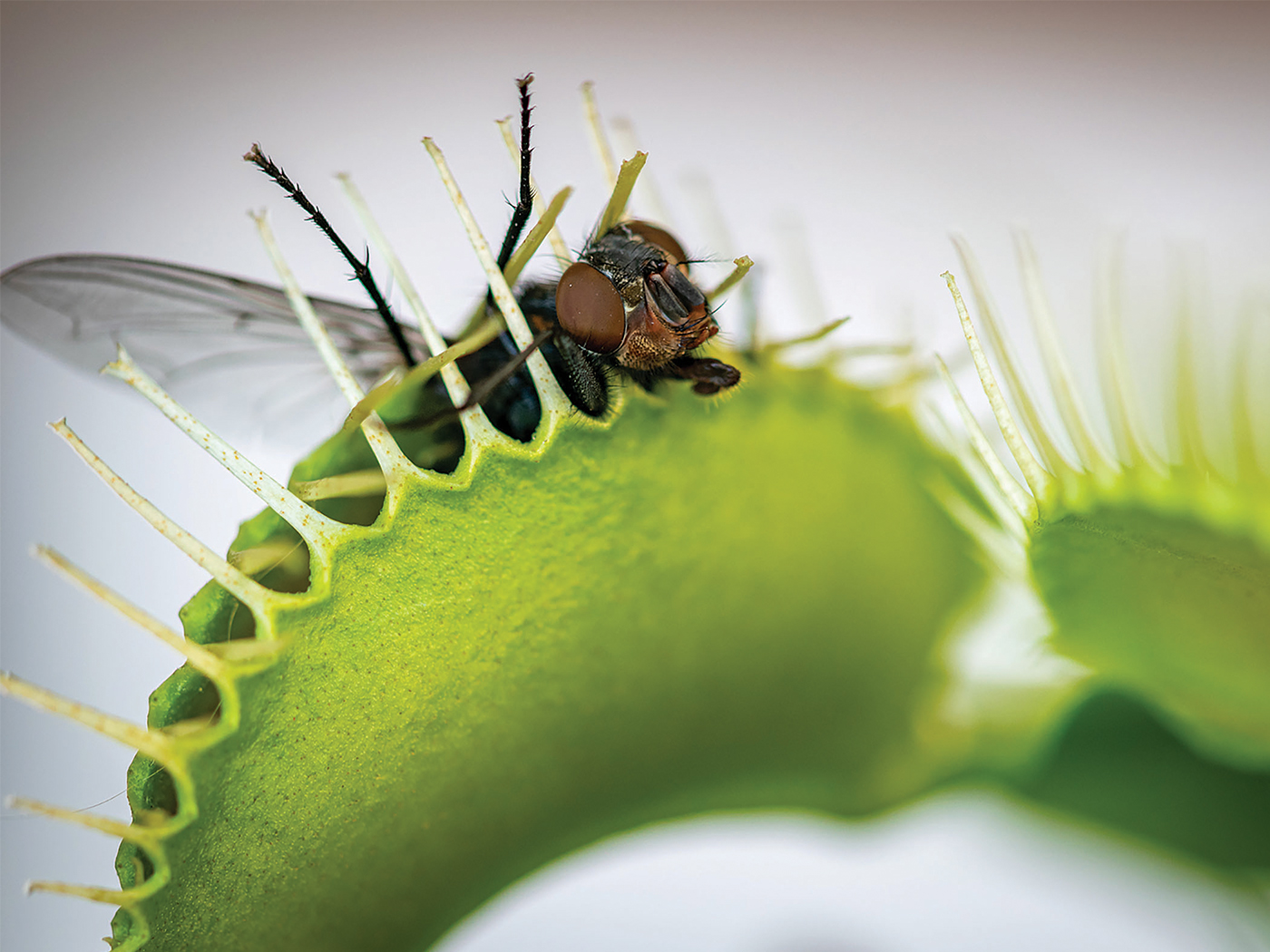by Tom Hennigan and Randy Guliuzza, P.E., M.D.
In Journal of Creation. 33 (2): 77-83.
Abstract
God created creatures to multiply and fill the earth and imbued them with design features that enable them to diversify, persist, and occupy new habitats. Focused research using engineering principles with emphasis on biological design of organisms and their responses to natural conditions can be a productive way to better understand how God designed them to do this. The Continuous Environmental Tracking (CET) hypothesis incorporates human engineering analogues and assumes that organisms have been designed with intelligently engineered systems that include sensors, logic mechanisms, and output responses. Data suggest that forest seeds are constantly monitoring and responding to changing environmental conditions. Identified seed sensors can detect conditions such as light, smoke, and temperature. These sensors are connected to biochemical pathways that are logic mechanisms affecting output responses that inform the seed to remain dormant or germinate. These observations, similar to human engineered tracking systems, are consistent with CET predictions. The CET hypothesis provides a research protocol for building a creation model of biology. It guides researchers to focus on how organisms detect environmental conditions, trace biochemical and genetic pathways, and discover how these logic mechanisms help the organism address its ever-changing environment, in order to adapt, diversify, multiply, restore beauty, and persist.
Click here to read the full article text.










